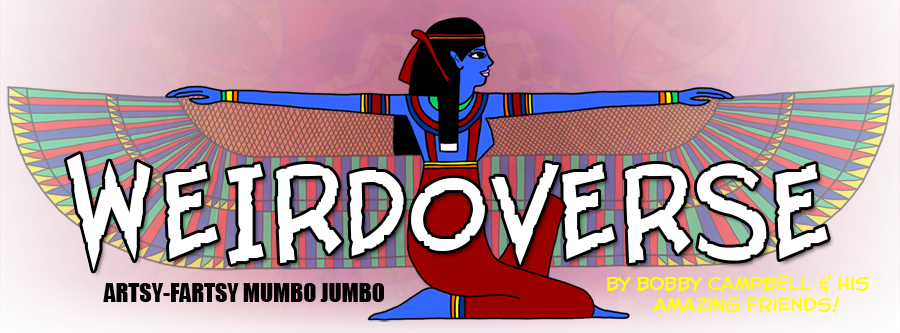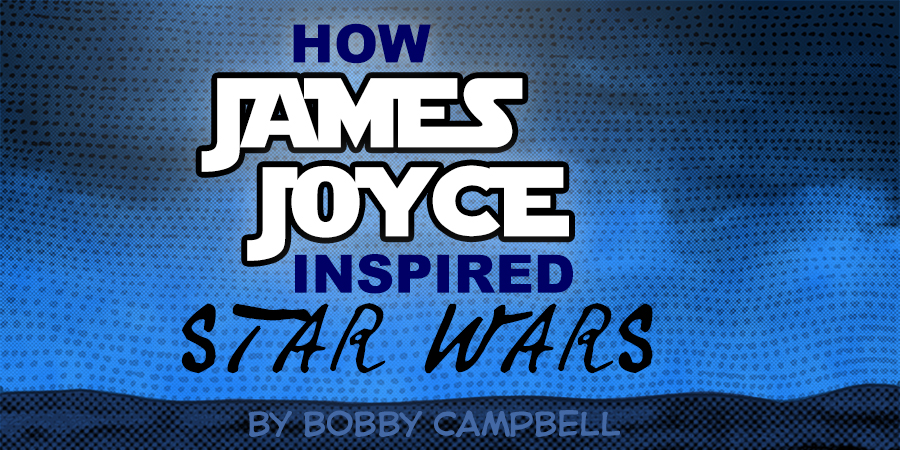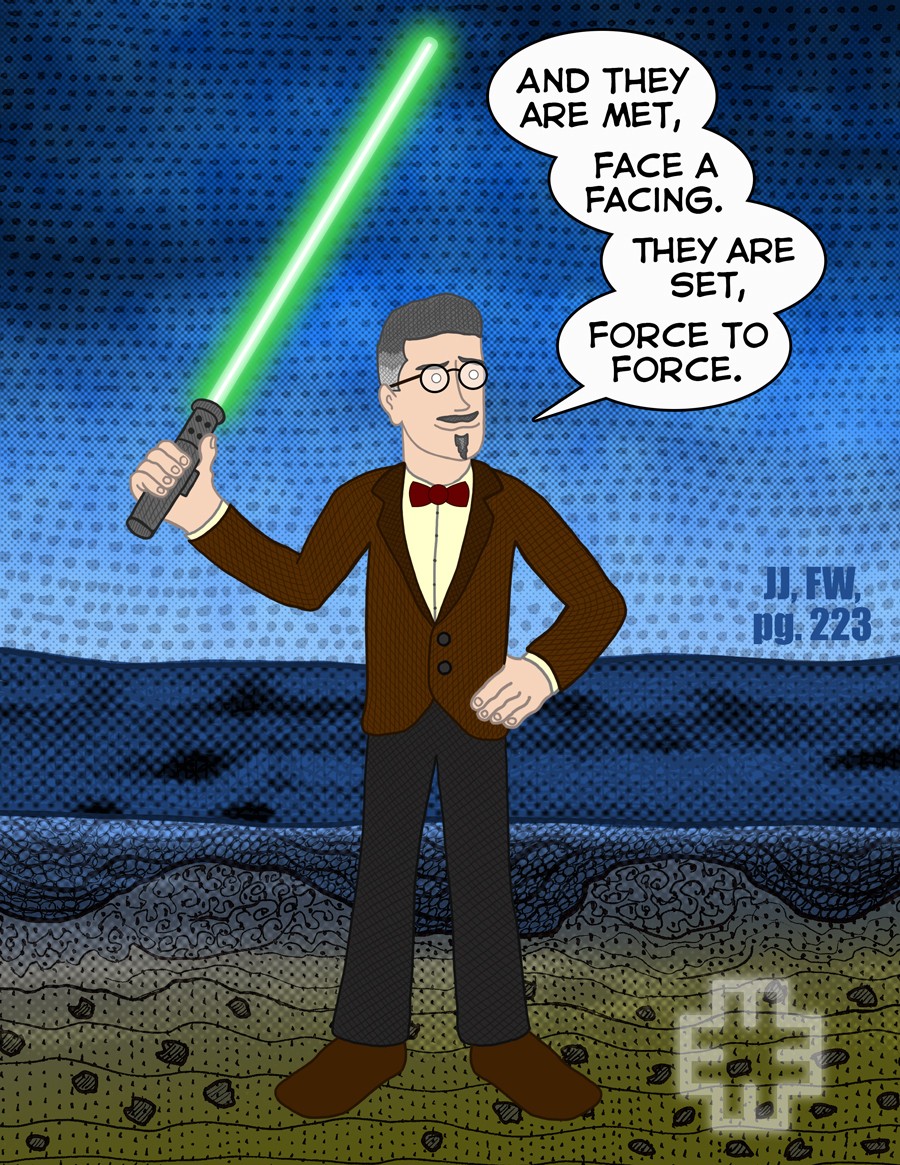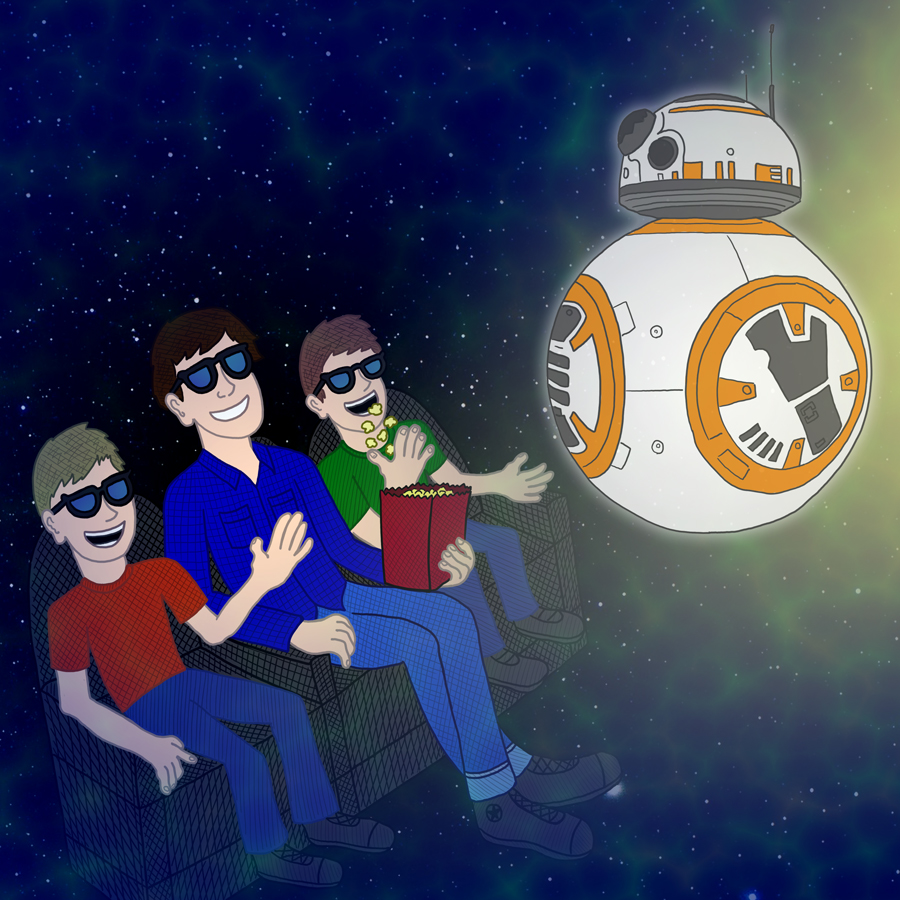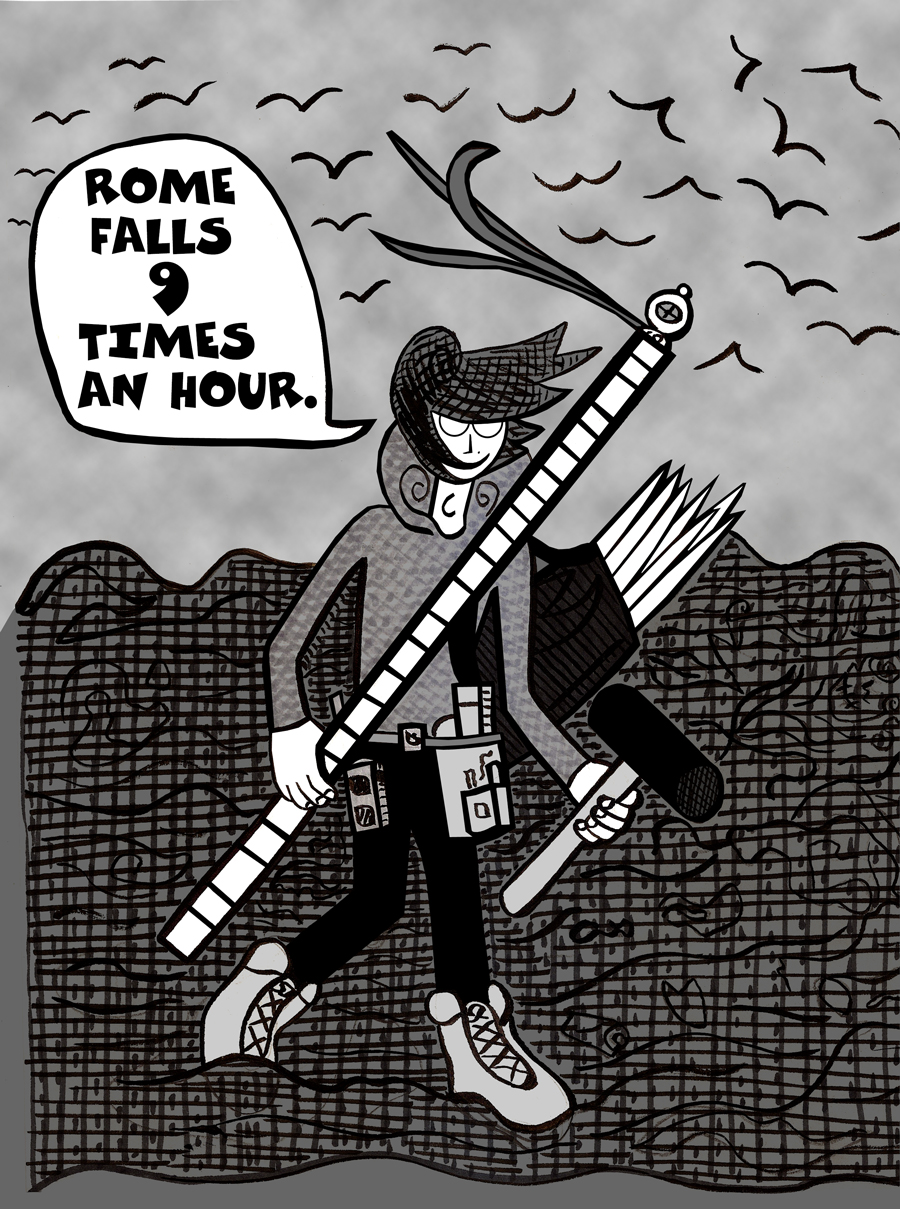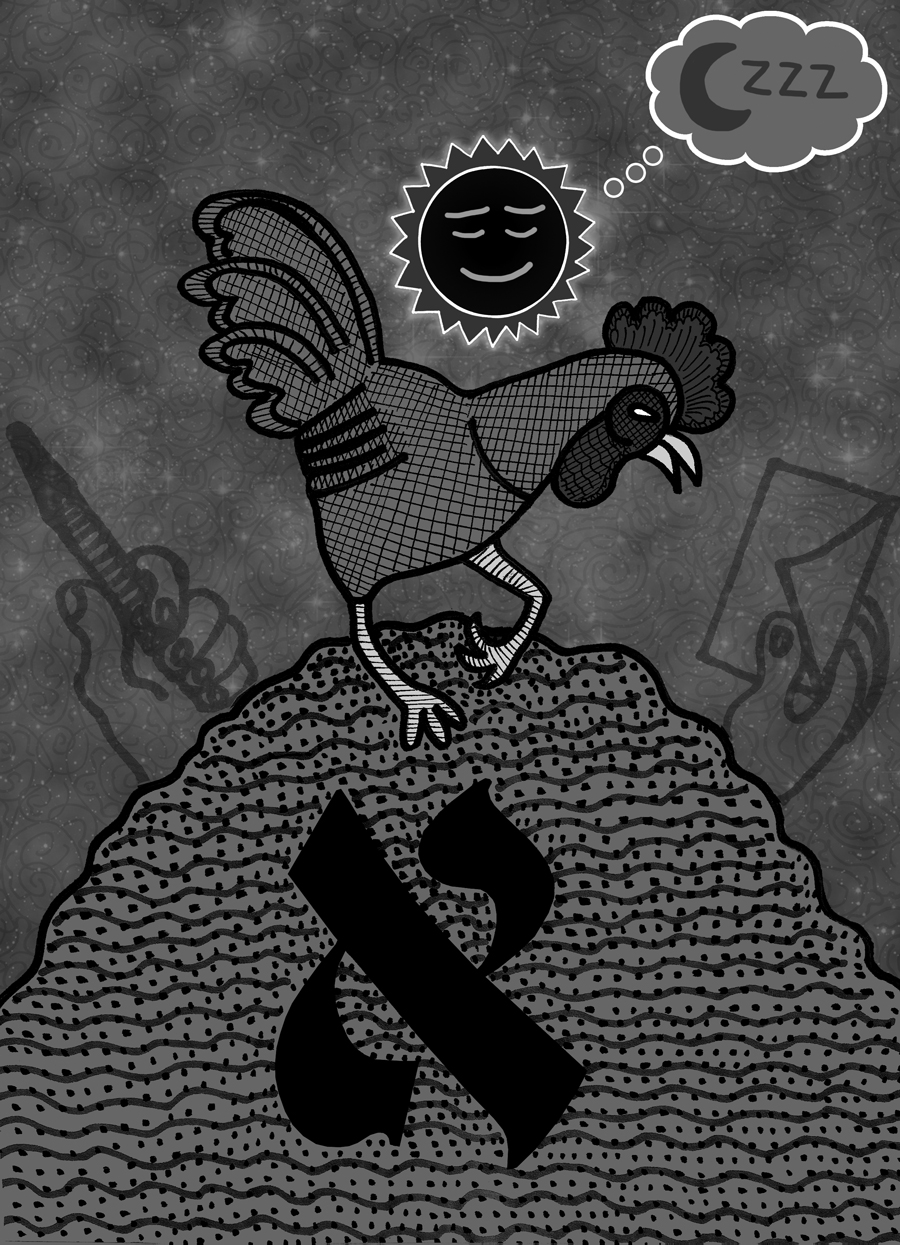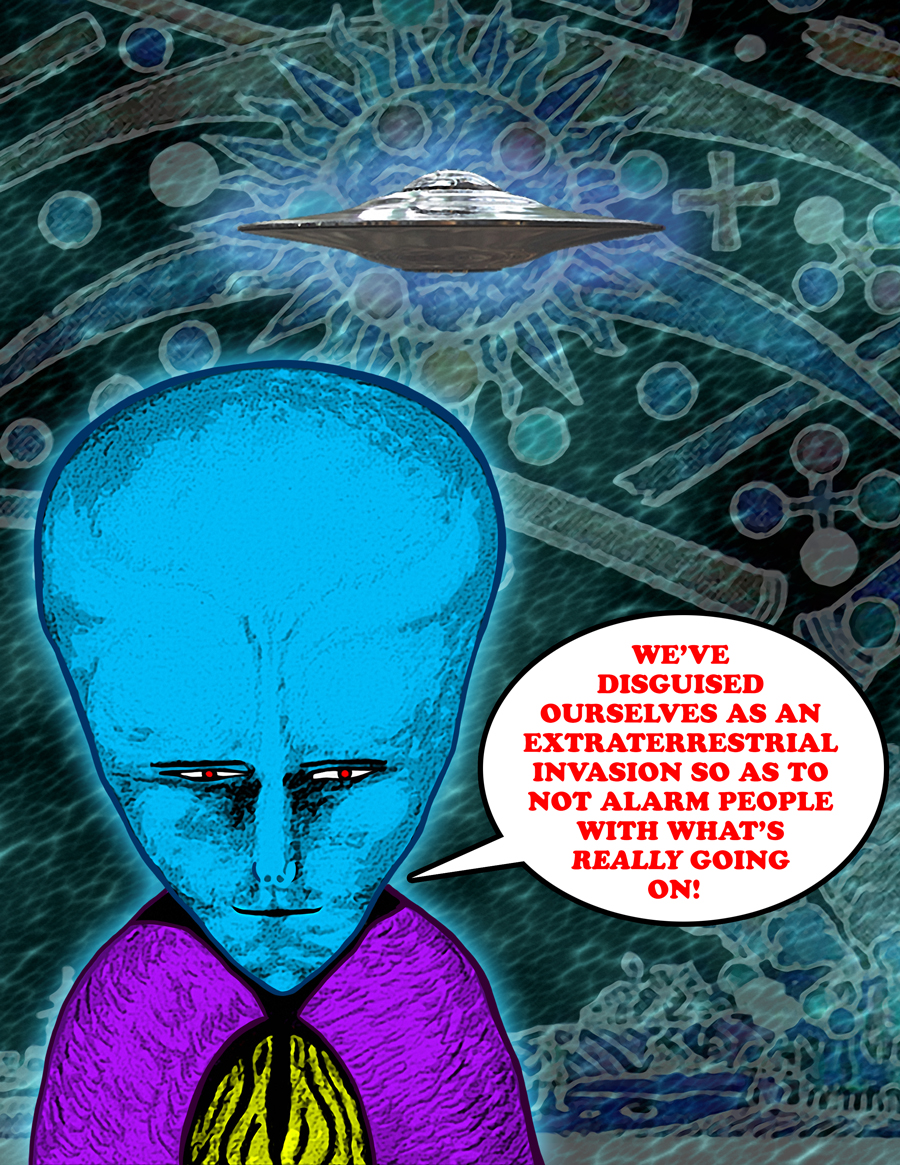
“THE IMPOSSIBLE OFTEN HAS A KIND OF INTEGRITY WHICH THE MERELY IMPROBABLE LACKS.”
– Douglas Adams
During the winter of 1918, in New York City, Aleister Crowley & Scarlet Woman Roddie Minor conducted the Amalantrah Working. This sexual & ceremonial ritual was intended to open a “magickal portal” through which invoked interdimensional intelligences could come to physical manifestation. (!?!)
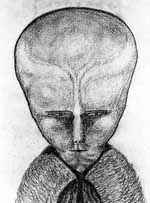 An egg headed character called LAM is supposed to have been the resultant visitor from this most peculiar experiment. Crowley claimed his artistic rendering of LAM (pictured left) was a portrait he drew from real life! The image was published in 1919 within a book of Crowley’s commentary on Madame Blavatsky‘s “The Voice of the Silence.” The image was titled “The Way” and included the following inscription:
An egg headed character called LAM is supposed to have been the resultant visitor from this most peculiar experiment. Crowley claimed his artistic rendering of LAM (pictured left) was a portrait he drew from real life! The image was published in 1919 within a book of Crowley’s commentary on Madame Blavatsky‘s “The Voice of the Silence.” The image was titled “The Way” and included the following inscription:
“LAM is the Tibetan word for Way or Path, and LAMA is He who Goeth, the specific title of the Gods of Egypt, the Treader of the Path, in Buddhistic phraseology. Its numerical value is 71, the number of this book.”

Much has been made of LAM’s prescient resemblance to The Greys, those world famous pro bono proctologists from the stars, who starred in a great many alien contactee claims of Reagan Era USA, and are now pop culture icons.
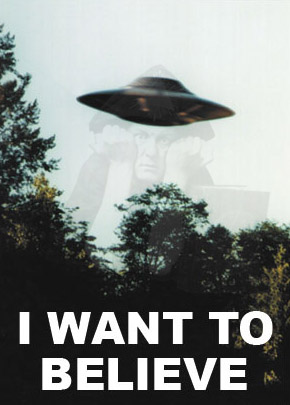 “Lam is a Great Old One whose archetype is recognizable in accounts of UFO occupants.” Says Kenneth Grant, who Crowley gave his portrait of LAM to in 1945.
“Lam is a Great Old One whose archetype is recognizable in accounts of UFO occupants.” Says Kenneth Grant, who Crowley gave his portrait of LAM to in 1945.
Michael Bertiaux, who claims to have replicated the Amalantrah Working in the 1960’s, described the phenomena as the “subterranean burgeoning of Lucifer-Gnosis.”
Such psychological interpretations of the extraterrestrial visitations actually seem to amplify the mystery! It was no less a luminary of the mind than Carl Jung, in his book “Flying Saucers: A Modern Myth of Things Seen in the Sky”, who deduced that belief in UFOs better suited general opinion, which very much wanted them to be real. Jung then set himself to answer his famous question:“Why should it be more desirable for Saucers to exist than not?”
This curiosity is exemplified by the regular occurrence of hyperbolic mass media UFO stories, wherein any flimsy premise is suitable to instigate a prodigious memetic buzz. Typically there is nothing even remotely resembling proof offered, only mere assertion, which a great many decide to believe, but why?
Because flying saucers are symbols from an ancient dream language, Jung would propose, the circular shape of a self perfected and projected into the abode of the Gods. An ideal savior and/or nemesis of technologically alienated modern humanity, unidentified flying objects have been imaginatively interjected into history, disrupting the normal proceedings of the world for better and/or worse.
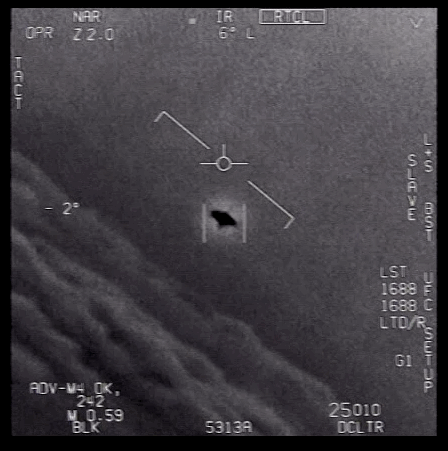 None of which is to say that UFOs aren’t real! Because of course they are, but the quantum leap in logic from unidentified flying objects to alien spacecrafts is something of a recurring curiosity. Regular as rain, someone with governmental bona fides comes out and confirms the existence of “UFOs”, which creates the pretext for a semantic hallucination, because “UFO” is a term that has become synonymous with alien spacecraft, but the presented evidence only ever shows unidentified flying objects. Amongst the confusion of this linguistic shell game highly questionable heresy creeps towards unearned legitimacy. My intent here isn’t to disprove the existence of alien spacecrafts, but rather to point out an age-old epistemological problem, as the Buddha might say, “sabda is not pramina,” testimony is not experience.
None of which is to say that UFOs aren’t real! Because of course they are, but the quantum leap in logic from unidentified flying objects to alien spacecrafts is something of a recurring curiosity. Regular as rain, someone with governmental bona fides comes out and confirms the existence of “UFOs”, which creates the pretext for a semantic hallucination, because “UFO” is a term that has become synonymous with alien spacecraft, but the presented evidence only ever shows unidentified flying objects. Amongst the confusion of this linguistic shell game highly questionable heresy creeps towards unearned legitimacy. My intent here isn’t to disprove the existence of alien spacecrafts, but rather to point out an age-old epistemological problem, as the Buddha might say, “sabda is not pramina,” testimony is not experience.
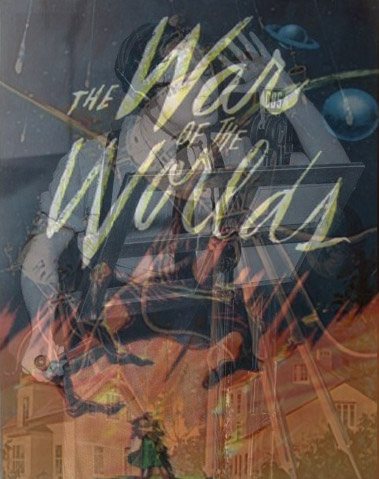 The mass hysteria induced by Orson Wells’ radio broadcast of The War of the Worlds on October 30th, 1938, perhaps one of the most effective media viruses ever propagated, is a perfect example of both how readily the public will accept news of an alien invasion, and how the aliens need not necessarily actually exist in order to dramatically effect the reality of the psyche.
The mass hysteria induced by Orson Wells’ radio broadcast of The War of the Worlds on October 30th, 1938, perhaps one of the most effective media viruses ever propagated, is a perfect example of both how readily the public will accept news of an alien invasion, and how the aliens need not necessarily actually exist in order to dramatically effect the reality of the psyche.
“The saucer, no matter how alien it appears, no matter how advanced its demonstrations of power, is not a vehicle from some other star system, it is the oversoul of humanity up to its oldest trick.” Says Terence Mckenna, who frequently experienced contact with alien intelligences under the influence of entheogens, especially DMT, the hypothesized “Spirit Molecule”. Which is a psychedelic neurotransmittor found naturally occurring within the human nervous system.
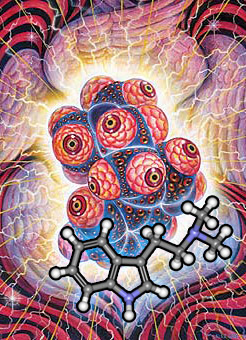 Beyond even the psychological interpretation, I am most interested in the neurochemical interpretation, as advocated by Dr. Rick Strassman. The general premise is that within certain extreme situations the pineal gland is capable of synthesizing psychedelic quantities of endogenous DMT, thus providing a neurochemical medium for visionary experiences of any and all kinds.
Beyond even the psychological interpretation, I am most interested in the neurochemical interpretation, as advocated by Dr. Rick Strassman. The general premise is that within certain extreme situations the pineal gland is capable of synthesizing psychedelic quantities of endogenous DMT, thus providing a neurochemical medium for visionary experiences of any and all kinds.
DMT has also been proposed as playing an active role within the brain chemistry of the dream state, so I do here propose the alien contact experience may be a case of neurologically dreaming while awake. Though just to slight the non-believers as well as the believers, DMT is not thought to supply the content of hallucination, but rather just to change the ways and means of information processing in the brain.
Meanwhile in 1918 New York City, Aleister Crowley is told “It’s all in the egg.” When he questions this statement he is answered “Thou art to go this way.”
